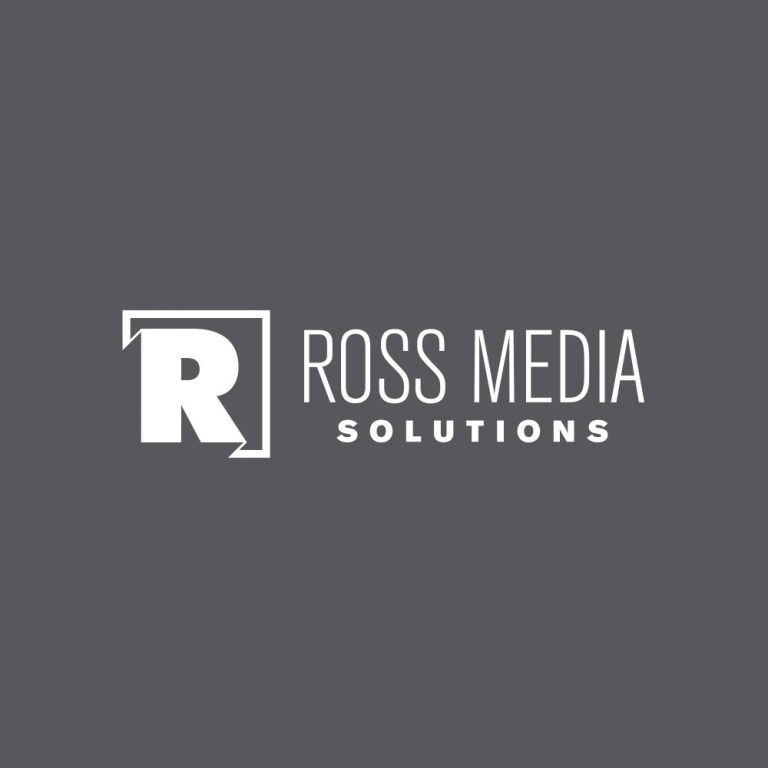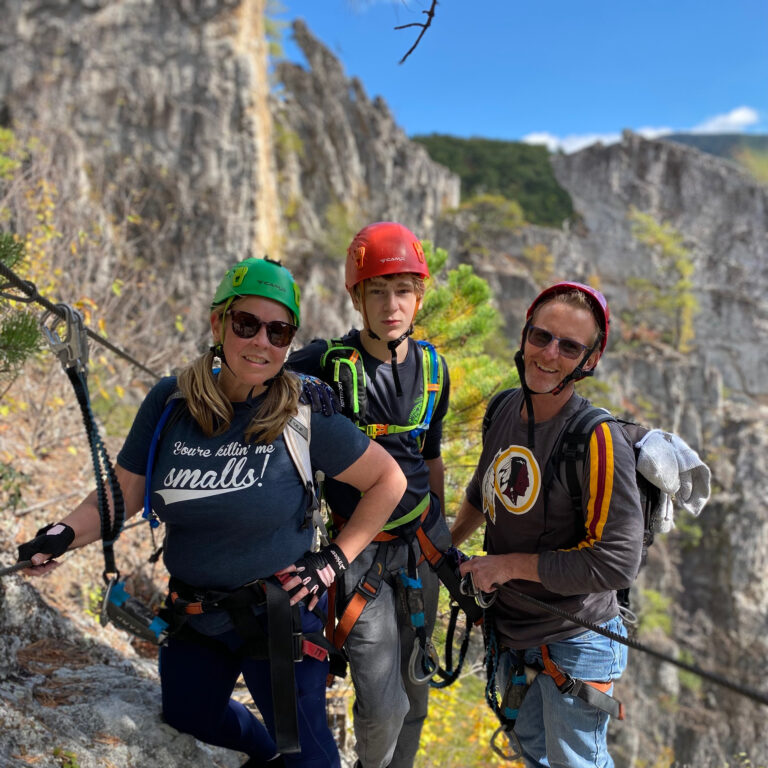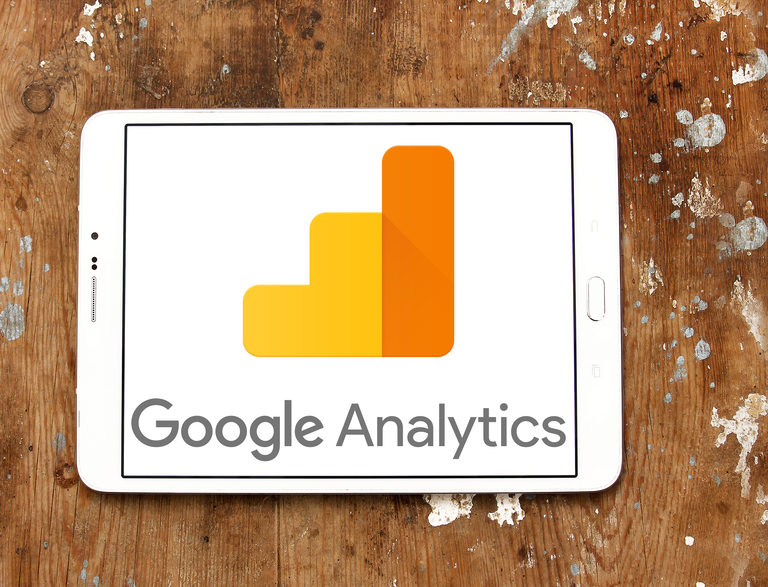Half of all U.S. households are home to podcast fans – more than 60 million. Imagine just a small fraction of those fans listening to your podcast. Commuting to work, exercising, engaging in household tasks – whatever they’re up to, they’re hearing your podcast, hearing you as an expert. In our previous post, we told you about this and eight other ways a podcast can benefit your business. Now we offer provide how-to podcast basics, with information and resources for making it happen.
Planning the podcast
Before you acquire audio equipment and sit down to record, you’ll want to plan the of your podcast topic and direction, name, logo, format, and so forth.
Topics & guests
The focus of a business-related podcast, of course, corresponds to the focus of the business. At the same time, you want to ensure that your content is of interest to listeners and to potential clients. To do this, identify the target market ¬– as one would with any business, website, or publication. If you already have a successful business, this part may be easy – simply describe your typical customer or client.
If your podcast is more of a passion project, such as music, sports, movies, etc., narrow your focus to and stick to it. I.e., not just music, but female acoustic musicians; not just sports, but trail running; etc. You’ll need that focus in order to build a loyal following.
Before you jump in to creating your first podcast, come up with a long list of topics you can cover and guests you’d like to invite on the show. That list is likely to grow as you dive in deeper, but you don’t want to get through six shows and realize you’ve run out of fodder.
The name
An ideal podcast name and tagline will be descriptive but catchy and memorable. Descriptive, because it will need to communicate its focus as people scroll through podcast lists for their next listen. Catchy, so it will stand out as worth exploring further.
For example, search for “dogs” on a podcast platform and trainer Hannah Branigan’s podcast will appear: “Drinking from the Toilet: Real Dogs, Real Training.” The title describes the content, appears in podcast player searches for the “dogs” keyword, and is creative enough that a searcher wants to learn more.
Other descriptive and catchy examples include “Business Wars,” about conflicts between businesses, such as Red Bull vs. Monster, and StartUp Podcast, about, yes, startups. John Lee Dumas’ podcast, “Entrepreneurs on Fire,” is descriptive and catchy, and he’s able to use the concept across his business avenues, such as Fire Nation, Funnel on Fire, and Entrepreneurs on Fire.
If your business or your name are widely recognized (or you’re confident they will be once you’ve achieved success!), you can use those in your podcast name, too. For examples, note “Rise and Grind” with Daymond John, by the Shark Tank personality, and the “Tony Robbins Podcast.”
Logo
If you’re lucky, you can use your business logo for your podcast logo – or at least a variation thereof. On podcast feeds, the logo will be small, so it should be fairly simple and have space for the name, in a font large and clear enough to be read easily on a smartphone screen.
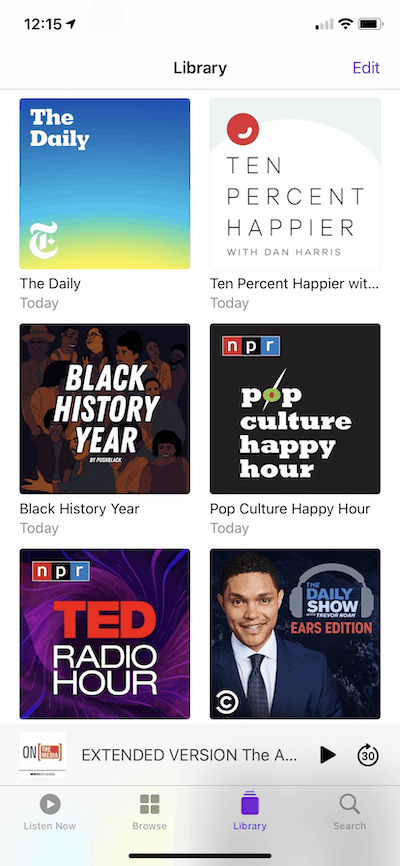
Frequency, consistency, and length
How often should you podcast run? If this is a supplement to your business, a daily podcast would probably take up more time than you have! On the other hand, frequency helps the podcast show up in listeners’ feeds more often. To ascertain a rate of frequency at the beginning, create a few shows first so you’ll have a better idea of what will be involved.
If you have time to pull off one episode each week, that would be ideal. If not, biweekly or even monthly work fine. You can always increase the frequency as you become more adept at creation and start seeing payback.
Start with short episodes, too, perhaps 15 to 30 minutes. As with frequency, you can increase time as you become more adept (as long as your audience is game).
Presentation
Here are some guidelines for preparing for each podcast episode.
A podcast isn’t an audiobook.
If you drone on and on, you’ll lose your listeners! Instead, include interviews and conversations or break up segments with short musical breaks or audio clips applicable to the topic.
Plan a standard format for your shows.
- Interviews. These are very listener friendly, as a conversational give and take is easier to follow than long-form monologue.
- Topic-based. You’re the only expert needed, and you come up with the information to share with listeners. Be sure to intersperse “lecture” with other audio clips, etc.
- Q&A. Acquire industry-related questions from your customers, then answer those on your show.
- Variety. This can involve interviews, Q&A, etc. – preferably in the same format for each show. Dinner Party Download, one such example, followed a predictable format, starting with an icebreaker joke; then small talk headlines and an obscure news discussion with an entertaining guest (fun news to serve as dinner party fodder); a musical playlist, as described by a well-known musician; a celebrity interview; etc.
Prepare for interviews.
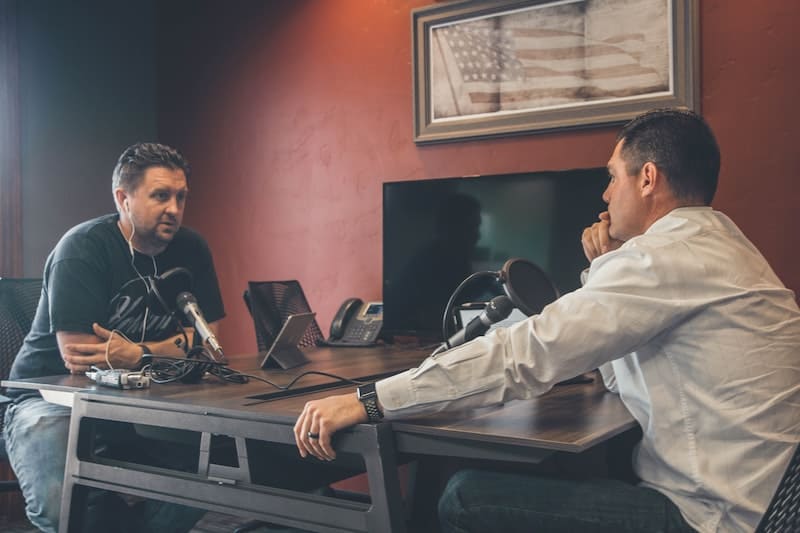 Research your guests and their specialties beforehand. Depending upon your audience and their familiarity with the topic, you’ll want to create questions cover the basics and/or that go deeper than the basics. Unless you’re going for hard-hitting questions and want to take your guest by surprise, you may choose to send them sample questions beforehand.
Research your guests and their specialties beforehand. Depending upon your audience and their familiarity with the topic, you’ll want to create questions cover the basics and/or that go deeper than the basics. Unless you’re going for hard-hitting questions and want to take your guest by surprise, you may choose to send them sample questions beforehand.
Begin the show with relevant chit-chat.
Not everyone is comfortable with the idea of being recorded, but you can break the ice at the beginning to ease their nerves. A small bit of informal chatter can help engage the listener, too.
Intersperse your brand occasionally (and naturally) throughout the podcast.
As you gain followers, consider asking listeners to send in questions beforehand. At the end of a show or on your active social media feeds, let them know the topic and guest for the next show to elicit their input. 1A, an NPR news podcast, sends out text message to registered listeners asking for comments, questions, and other input.
Plan a consistent format.
For example:
- Introduction of your podcast and your guest – 3 minutes
- Begin the interview and include softball questions as a warm-up – 5 minutes
- Interview nuts and bolts – 8 minutes
- Cut to sponsor ad or an ad for your business – 1 minute
- Continue the interview (or have a second interview, if applicable) – 8 minutes
- Wrap-up, resources, and promotions – 5 minutes
Include a call to action.
Give listeners a reason to continue the connection instituted by the podcast.
- Reasons to visit your website, including resources related to the show: more information on the guest, fact sheets, photos, etc.
- “Contact us for your expert needs.”
- Suggest that people subscribe and comment on your podcast on iTunes or wherever they get their podcasts, which increases visibility.
How-to podcast basics: in the “studio”
Now that you’ve laid the groundwork, you need to gather the equipment needed to actually make this thing happen!
Site & equipment
Not many years ago, you would have had to go to a professional studio to create a high-quality audio file. At best, you could’ve equipped your own room with acoustical paneling and purchased expensive recording equipment. Otherwise, the audio would’ve been scratchy, difficult to understand, and unprofessional. New technology makes these expenses obsolete.
It’s beyond the scope of this article to make specific suggestions in this ever-evolving topic. Instead, we offer a few resources:
Podcast hosting sites
You need a web host for your website, and you’ll need a media host for your audio files. A podcast host isn’t the same as the platforms where people download and listen to shows (such as Apple, Spotify, Google Podcasts, etc.). However, a podcast hosting platform provides the ability to share files with these distributors.
Many podcast hosts also offer easy-to-build podcast websites, scheduling, statistics, social media integration, audio transcription, and YouTube publishing.
In looking for the perfect host for you, you’ll want to consider the hosting services’ features, costs (though free isn’t always better), and storage space. Ten top podcast hosting sites are:
- Buzzsprout
- PodBean
- Blubrry
- Spreaker
- Captivate
- Transistor
- Castos
- Simplecast
- Resonate
- Podiant
Don’t lose sleep over which host to choose – transitioning to a new host is typically pretty simple.
Podcast players
Fortunately, few decisions are necessary when it comes to choosing a podcast player. You can and should upload your show to multiple players, such as Apple, Google Podcasts, Spotify, Stitcher, Podbay, Podchaser, and TuneIn Radio.
Promote it!
Once you’ve launched your podcast, be sure to promote it: on your website, social media, email signature, podcast directories, etc. Get the listeners, gain industry credibility, and experience greater success!
And that’s it for how-to podcast basics, one of many ways to promote your business in today’s technology-rich environment. Ross Media Solutions can be your partner in many of these avenues for marketing and advertising. RMS has been producing niche media and digital marketing for 20 years and is eager to take your business to the next level.
